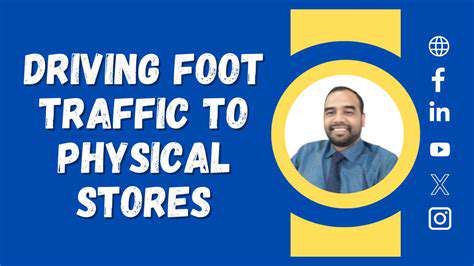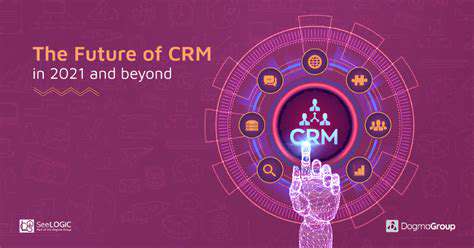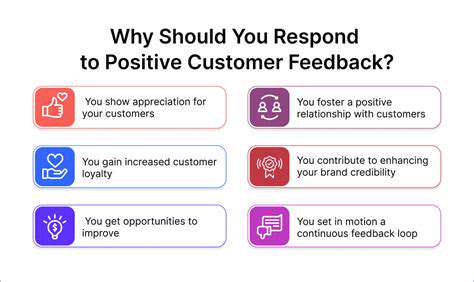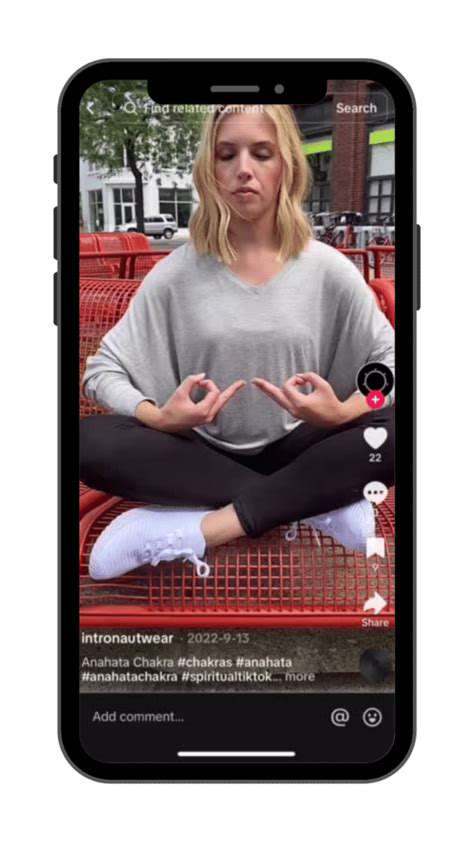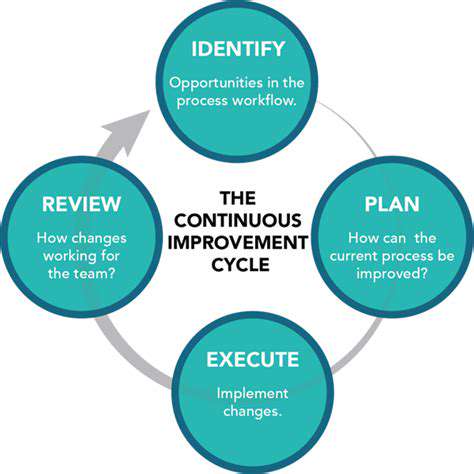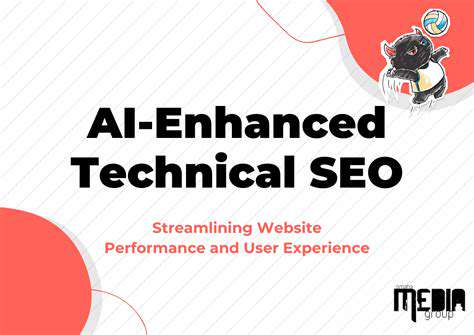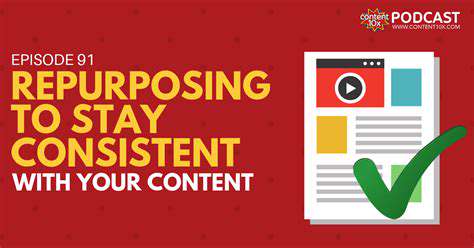The Benefits of Geofencing for Local Businesses
The accuracy of a geofence is vital. A well-defined geofence ensures more reliable outcomes. Geofencing systems use various techniques to locate devices, but accuracy also hinges on factors like the device's GPS precision, the quality of location data, and the technology employed. A precise geofence guarantees that actions are triggered only when the device is genuinely within the intended area, minimizing errors and enhancing system efficiency.
Types of Geofences and Their Applications
Geofences come in diverse shapes and sizes, each suited to specific applications. Circular geofences are straightforward and ideal for large areas. Polygon geofences allow for intricate shapes, enabling businesses to outline precise boundaries around stores or streets. Geofences can also be dynamic, adapting based on real-time data for finer control. Understanding these types is crucial for customizing the geofencing system to meet a business's unique needs.
Triggering Actions Upon Entering or Exiting a Geofence
A key feature of geofencing is its ability to initiate specific actions when a device enters or exits a defined area. These actions can be tailored to suit a business's specific requirements. For example, a retail store might send a promotional message to a customer's phone upon entering their geofence. A restaurant could send a reminder about a special offer if a customer's device leaves the geofence. The possibilities are extensive and depend on a business's creativity and technical expertise.
Real-World Examples of Geofencing in Business
Geofencing is widely used across various industries. Retail stores employ it to target customers with promotions or send location-based notifications. Restaurants utilize it to inform customers about special deals. Transportation companies use it to track vehicles and optimize routes. Applications are rapidly expanding, and geofencing is becoming an indispensable tool for businesses aiming to enhance customer engagement and operational efficiency.
The Future of Geofencing and Its Potential
The future of geofencing is promising, with technological advancements likely to improve its accuracy and broaden its capabilities. Enhancements in location data accuracy and the development of more sophisticated algorithms will enable even more precise targeting and personalized experiences. Businesses can leverage these advancements to create more engaging customer experiences and innovate their operations. By understanding and harnessing the power of geofencing, businesses can gain a significant competitive edge.
Targeted Marketing and Promotions: Reaching the Right Customers at the Right Time
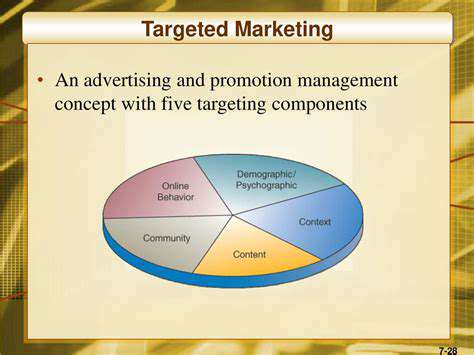
Understanding the Target Audience
Targeted marketing campaigns are built on a deep understanding of your ideal customers' specific needs, desires, and pain points. This involves thorough market research, analyzing demographics, psychographics, and behavioral patterns. By knowing your target audience, you can customize your messaging and promotional offers to resonate with their interests and motivations. This personalized approach significantly boosts engagement and conversion rates.
Understanding your target audience allows for more efficient allocation of resources and budget. Instead of a broad approach, you can focus on segments most likely to respond positively to your offerings, maximizing your marketing ROI. This data-driven strategy ensures your marketing efforts are both effective and efficient.
Crafting Compelling Messaging
Once you understand your target audience, it's essential to create messaging that speaks directly to their needs and aspirations. This includes developing a clear value proposition that highlights your product or service's unique benefits and how it solves a problem for the consumer. Your message should be concise, memorable, and evoke emotions that resonate deeply with your audience.
Effective messaging is crucial for driving conversions. A compelling message communicates your value proposition effectively, encouraging customers to take action. It should be tailored to your audience's specific needs, building trust and fostering a genuine connection.
Implementing Effective Promotional Strategies
Implementing targeted promotional strategies is essential for driving engagement and increasing conversions. This involves selecting the right channels to reach your audience, whether it's social media, email marketing, content marketing, or paid advertising. Each channel requires a unique approach to maximize its impact. Understanding the nuances of each platform is key to crafting successful campaigns.
Promotional strategies should be carefully planned and executed for maximum impact. Clear goals, defined metrics, and ongoing evaluation are essential for optimizing campaigns and maximizing ROI. This iterative process allows for adjustments and refinements, continuously improving strategy effectiveness.
Promotional strategies should also consider timing and frequency of communication to avoid overwhelming or alienating your audience. A well-timed and paced approach ensures your messages are received and processed effectively.
